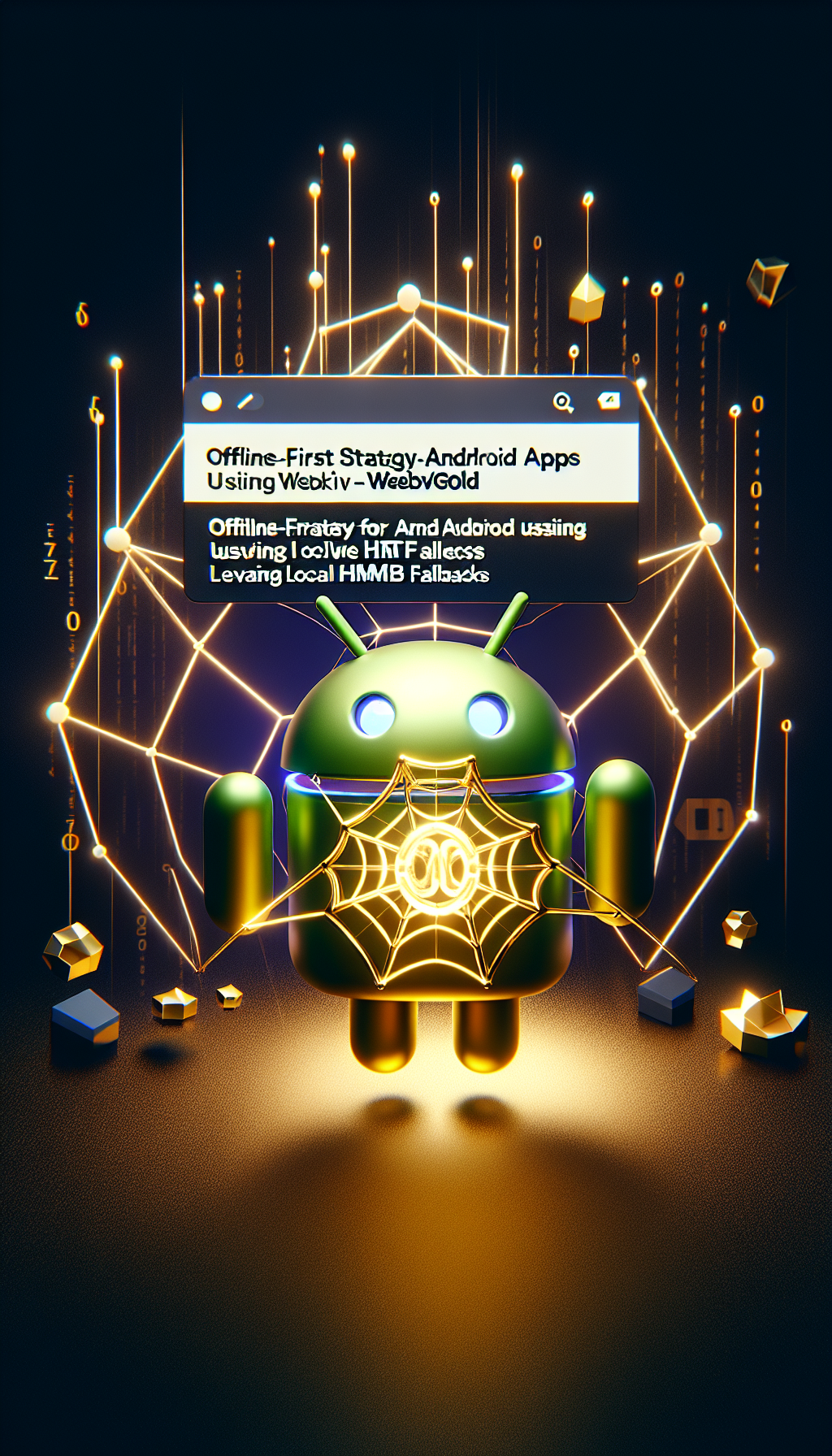
In today’s mobile-first world, ensuring a seamless user experience is paramount. However, network connectivity can vary greatly depending on the user’s location, which brings us to the offline-first strategy – a method that prioritizes local content and data storage to ensure app usability regardless of internet access.
What Is an Offline-First Strategy?
An offline-first strategy aims to provide a reliable user experience by reducing dependence on real-time network connections. This approach ensures that an application can function efficiently even without internet connectivity. It leverages local storage technologies to cache data and content, making them accessible at all times. This strategy provides a more consistent user experience, minimizes performance issues, and enhances overall app reliability.
Why Use an Offline-First Strategy for Android Apps?
When it comes to Android apps, employing an offline-first strategy offers numerous benefits:
1. Enhanced User Experience: Users can access important features and content even when offline, leading to higher satisfaction and retention rates.
2. Reduced Server Load: By minimizing frequent server requests, the app reduces server load and can handle more users simultaneously.
3. Improved Performance: Local caching ensures faster data retrieval, enhancing app performance considerably.
4. Greater Accessibility: Users in areas with limited or unstable internet connectivity can still utilize the app effectively.
Introducing WebViewGold: Simplifying Offline-First Strategy Implementation
Implementing an offline-first strategy may sound complex, but tools like WebViewGold make it straightforward. WebViewGold is a powerful solution that allows you to convert your websites into Android apps quickly and easily. With support for local

Leave a Reply